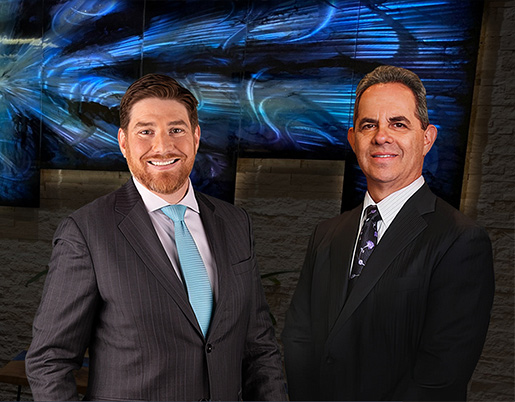Today’s consumers love modern automobile technology, and according to a recent I.B.M. study, automobile buyers are increasingly buying vehicles according to the gadgets they contain. This has lead automakers on a race to see who can offer the latest automobile technology. Most vehicles manufactured today offer the best in safety and reliability, making shopper focus more on options like live traffic reports and hands free personalized connected services. Below are some of the newest technologies you can expect to see in the not so distant future.
Electronic Sun Visor
The glare of the sun through a cars windshield is a distraction to drivers and often causes dangerous driving conditions. With an electronic sun visor, the position of the drivers eyes and the position of the sun is fed into a computer. The computer will determine the point of sunlight entry that will be in the view of the driver’s eyes and will produce a dark “spot” to block the sunlight at that location. As the vehicle changes directions the dark spot will adjust on the windshield to offer continuous protection.
Automotive Night Vision and Thermal Imaging
An automotive night vision system allows the driver of a vehicle to see beyond the distance of the vehicles headlights. I is especially useful in darkness and poor weather conditions. Night vision has been around for a long time, but it has just recently started showing up as optional equipment on certain premium vehicles.
Vehicle To Vehicle (V2V) Communications
Automobile manufacturers like Daimler, BMW, Volkswagen and Volvo have already agreed to develop standards that will allow vehicles to communicate with each other. The system allows automobiles in the same vicinity to exchange data about vehicle speed, location, and direction of travel. With that information, the system can determine whether a crash is likely and warn drivers. In more advanced designs, the car can automatically brake if a driver doesn’t respond quickly enough. An addition to vehicle-to-vehicle (V2V) communication, the technology is being developed to allow cars to communicate with roadside infrastructures and school zones.
Hands Free Driving
The first representation of an autonomous car was was seen in a Futurama exhibit sponsored by GM at the 1939 world fair. It showed an electric car powered by circuits embedded in the roadway and controlled by radio. The development of autonomous vehicles has tremendously changed since then. In March 2012 the Nevada Legislature passed a law which allows autonomous vehicles to be legally operated on public roads. Google was one of the main supporter of this legislation, as it will legally allow them to conduct further testing of its Google driverless car. Florida, Hawaii, Oklahoma, and California are also considering the legalization of autonomous cars.






